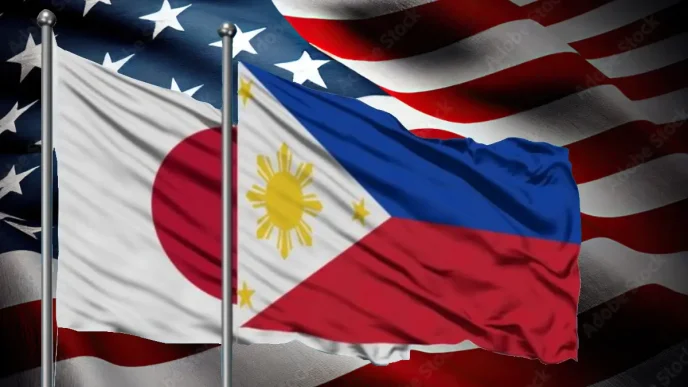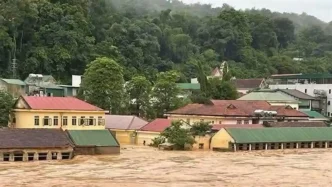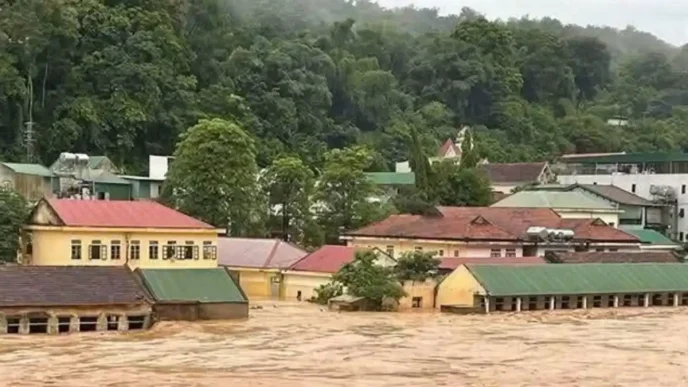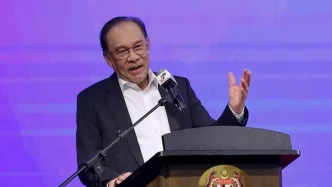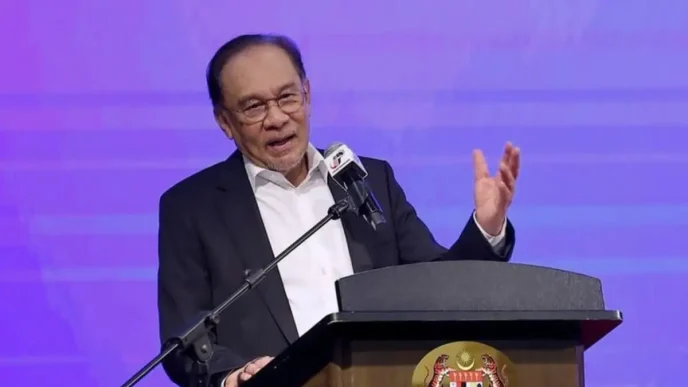As the Philippines braces for an intensifying dry season, with heat indices in Metro Manila and other parts of Luzon reaching dangerous levels of 42 to 51°C, the Department of Education (DepEd) has rolled out sweeping measures to protect students and staff. Education Secretary Sonny Angara announced that schools will transition to remote learning when temperatures hit 42°C or above, or upon directives from local government units. This shift, alongside adjusted class schedules and enhanced safety protocols, underscores the growing impact of the climate crisis on the nation’s education system.
The heat index, a measure of perceived temperature combining air temperature and humidity, has already prompted class suspensions in at least eight cities across Metro Manila. With forecasts from the Philippine Atmospheric, Geophysical and Astronomical Services Administration (Pagasa) warning of further spikes, particularly in areas like Dagupan City in Pangasinan, the urgency to adapt has never been clearer. Pagasa classifies a heat index of 42 to 51°C as “danger” level, where heat cramps, exhaustion, and even heatstroke become likely with prolonged exposure.
Adapting to Extreme Heat
Angara’s response includes a multi-pronged strategy to mitigate the risks. Schools will pivot to alternative delivery modalities (ADMs), such as remote or asynchronous learning, during peak heat conditions. Class schedules are also being restructured: morning sessions will run from 6 a.m. to 10 a.m., followed by asynchronous learning until 2 p.m., with afternoon sessions resuming from 2 p.m. to 6 p.m. Outdoor activities are to be curtailed during the hottest hours, with physical exertion limited to covered spaces where possible.
Beyond scheduling, DepEd is introducing practical measures to ensure safety. Additional water and rest breaks will be mandated, while schools are being equipped with more electric fans, hydration stations, and insulated water containers. Classrooms will also have access to first aid kits stocked with cooling packs and thermometers. Angara noted that efforts are underway to remove obstructions restricting airflow in learning spaces, a small but critical step to alleviate stifling conditions.
DepEd’s disaster response and risk reduction units, in collaboration with local governments, are conducting electrical, fire, and safety inspections across schools. Medical personnel have been tasked with monitoring for heat-related illnesses, a pressing concern as Pagasa warns that even areas in the “extreme caution” category (33 to 41°C) risk heat cramps and exhaustion if activity persists.
A Nation Under Strain
The rising heat index is not merely a seasonal inconvenience but a stark reminder of the Philippines’ vulnerability to climate change. While Metro Manila and Luzon bear the brunt of the current heatwave, most cities and towns nationwide are expected to fall into the “extreme caution” category in the coming days. Only a handful of Pagasa stations, such as those in Baguio City and Itbayat in Batanes, report temperatures below 33°C, offering limited respite.
Weather specialist Veronica Torres, in a recent broadcast, attributed the hot and humid conditions to easterlies—warm air currents from the Pacific Ocean—currently affecting the country. While fair weather is forecast for parts of Metro Manila, the broader trend points to escalating challenges. The northeast monsoon, or “amihan,” which previously brought cooler temperatures, is expected to wane this month, leaving little relief in sight.
For students and teachers, the immediate impact is palpable. Classrooms, often overcrowded and under-resourced, have become unbearable in the heat. Deputy Minority Leader France Castro, representing the ACT Teachers party list in the House of Representatives, described the conditions as akin to “virtual ovens,” unfit for learning. She criticised the government’s response as reactive, arguing that suspending classes offers only temporary relief without addressing systemic issues.
A Call for Systemic Change
Castro’s remarks highlight a deeper frustration with the state of public school infrastructure. She pointed to decades of neglect, which have left educational facilities ill-equipped to cope with the climate crisis. “No child should have to endure dangerous temperatures while trying to learn,” she told lawmakers, urging the passage of measures to ensure safer and healthier learning environments. Among her proposals is a return to the traditional June to March school calendar, which would align the academic year with cooler months and avoid the peak of the dry season.
The current crisis has reignited debates over long-term solutions. While DepEd’s shift to remote learning and provision of self-learning modules via online portals is a pragmatic response, it raises questions about accessibility. Not all students have reliable internet or devices, particularly in rural areas, potentially widening educational disparities. Angara has acknowledged these challenges, pledging to ensure resource availability, though specifics on implementation remain sparse.
Climate Crisis Meets Education
The intersection of climate change and education in the Philippines is a microcosm of broader regional struggles. Across South East Asia, rising temperatures and extreme weather events are disrupting daily life, from agriculture to urban planning. In the Philippines, where typhoons and flooding are already annual threats, the added burden of heatwaves compounds the strain on public services. Schools, often doubling as evacuation centres during disasters, are now frontline battlegrounds in the fight against climate impacts.
Analysts suggest that if current trends persist, heatwaves could become more frequent and severe, necessitating permanent adjustments to the academic calendar and infrastructure investment. If confirmed, projections of sustained high heat indices may force policymakers to rethink how education is delivered in tropical climates. However, as of now, no definitive studies or government commitments have solidified such a shift, leaving room for speculation but little concrete action.
The economic implications are also worth considering. School closures and shifts to remote learning disrupt parental work schedules, particularly for low-income families reliant on daily wages. If prolonged, these disruptions could exacerbate existing inequalities, though data on economic impacts remains limited and unverified at this stage.
Balancing Safety and Learning
For now, DepEd’s immediate focus is on safeguarding students and staff. The combination of remote learning, adjusted schedules, and enhanced facilities represents a significant pivot, albeit one born of necessity. Angara’s emphasis on collaboration with local governments and agencies signals an awareness that this is not a challenge schools can tackle alone.
Yet, as Castro’s critique underscores, reactive measures can only go so far. The Philippines stands at a crossroads: invest in resilient infrastructure and adaptive policies now, or face recurring crises that undermine the right to education. With the heat index showing no signs of abating, the stakes for students, teachers, and policymakers alike have rarely been higher.
As the dry season unfolds, the nation watches how these emergency measures play out. If successful, they could serve as a model for other heat-prone regions; if not, they risk exposing the fragility of an education system already stretched thin. For millions of Filipino students, the classroom—whether physical or virtual—remains a space of hope, even as the mercury rises.




